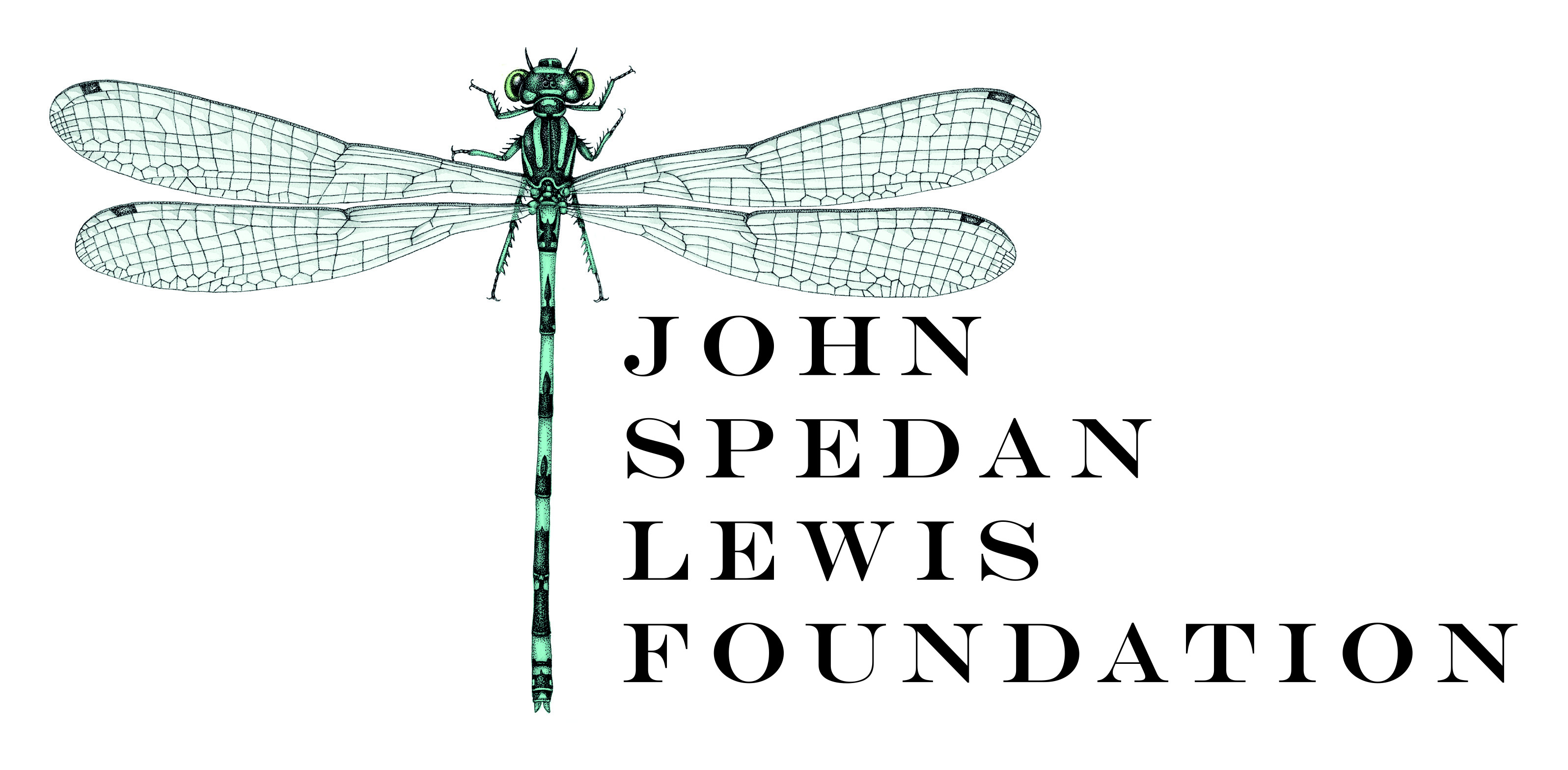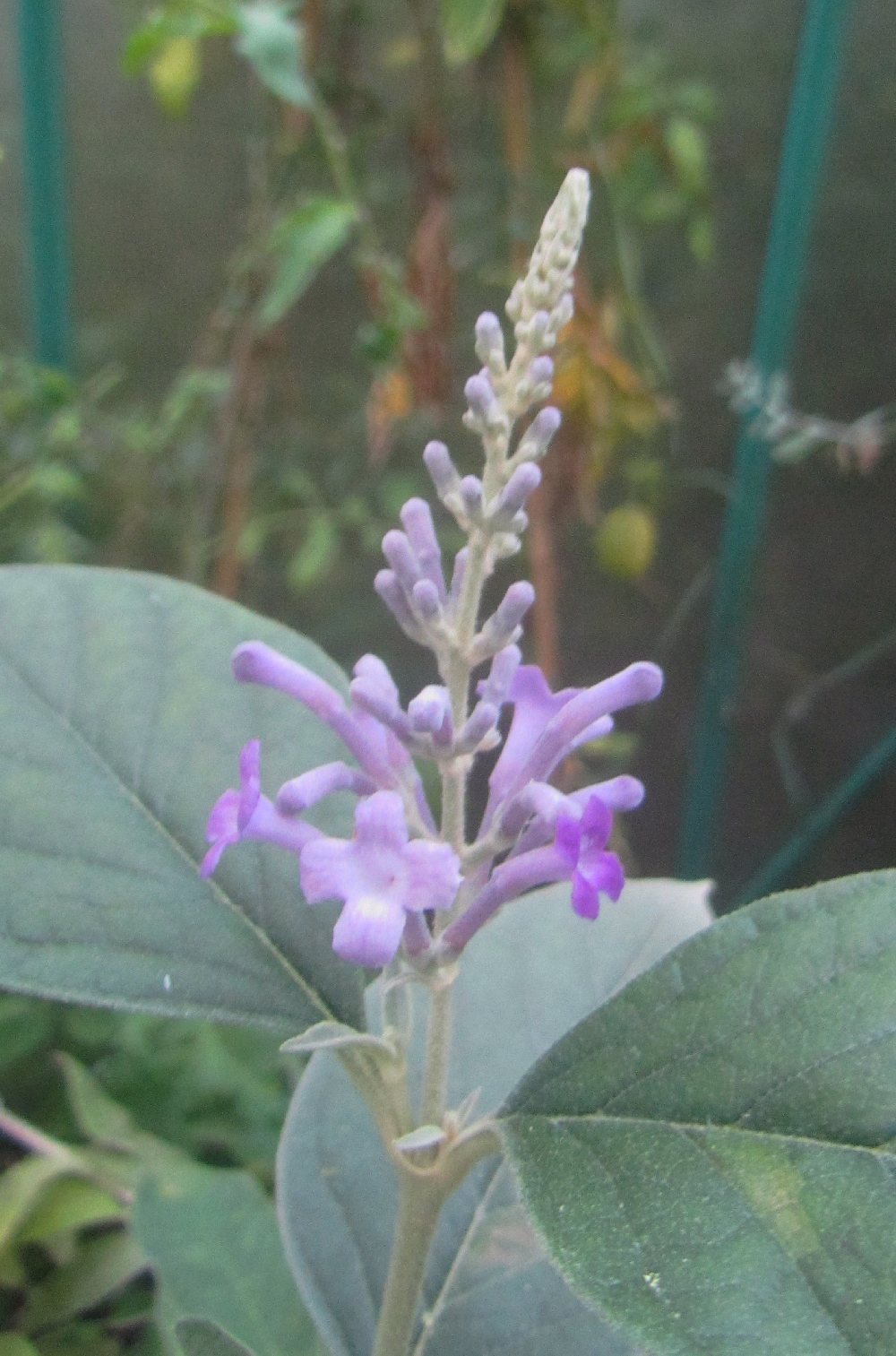Buddleja curviflora
Sponsor
Kindly sponsored by
The John Spedan Lewis Foundation

Credits
Andrew Large (2021)
Recommended citation
Large, A.T. (2021), 'Buddleja curviflora' from the website Trees and Shrubs Online (treesandshrubsonline.
Genus
Synonyms
- Buddleja formosana Hatusima
- Buddleja venenifera Makino
- Buddleja curviflora var. venenifera (Makino) Makino
Other taxa in genus
- Buddleja albiflora
- Buddleja alternifolia
- Buddleja araucana
- Buddleja asiatica
- Buddleja auriculata
- Buddleja caryopteridifolia
- Buddleja colvilei
- Buddleja cordata
- Buddleja crispa
- Buddleja crispa × lindleyana
- Buddleja davidii
- Buddleja delavayi
- Buddleja fallowiana
- Buddleja fallowiana × davidii
- Buddleja FLUTTERBY™ Series
- Buddleja forrestii
- Buddleja globosa
- Buddleja glomerata
- Buddleja japonica
- Buddleja lindleyana
- Buddleja LO AND BEHOLD® Series
- Buddleja longiflora
- Buddleja loricata
- Buddleja × luteolufaucia
- Buddleja macrostachya
- Buddleja marrubiifolia
- Buddleja megalocephala
- Buddleja 'Miss Ruby'
- Buddleja 'Morning Mist'
- Buddleja myriantha
- Buddleja New Dwarf Hybrids
- Buddleja nivea
- Buddleja officinalis
- Buddleja 'Orange Sceptre'
- Buddleja paniculata
- Buddleja × pikei
- Buddleja 'Pink Delight'
- Buddleja saligna
- Buddleja 'Salmon Spheres'
- Buddleja salviifolia
- Buddleja 'Silver Frost'
- Buddleja speciosissima
- Buddleja 'Summer Beauty'
- Buddleja virgata
- Buddleja × wardii
- Buddleja × weyeriana
- Buddleja × weyeriana Hybrids
- Buddleja 'Winter Sun'
Shrubs 1–1.5 m tall. Branchlets terete or occasionally obscurely angular, stellate tomentose. Leaves opposite and petiolate; petiole 0.5–2.0 cm; leaf blade ovate, less often narrowly ovate, 5–16 × 2–7 cm, apex acuminate, acute or obtuse, base cuneate or sub-truncate, margin sub-entire or sometimes with obscure teeth; densely tomentose on both surface, upper surface glabrescent. Inflorescences terminal, thyrsoid appearing spicate and sometimes interrupted, 5–20 cm long. Calyx campanulate, 2–3.5 mm, outside stellate tomentose and with minute glandular hairs; lobes ovate to triangular, 0.5–1 mm, inside glabrous. Corolla most often purple, 11–22 mm long, outside stellate-pubescent with minute glandular hairs, inside pilose from the apex of the ovary to the mouth; tube cylindrical or almost so widening slightly at the throat, apical diameter 1.4–2.5 mm, basally 1.2–1.5 mm and often curved roughly midway, ; lobes sub-orbicular, 1.5–2.5 × 1.5–2.5 mm. Stamens inserted near or at middle of corolla tube; filament very short 0.25–0.5 mm,anthers oblong, 1.4–2 mm. Pistil glabrous; stigma clavate 1.2–2.5 mm; ovary ovoid to sub-ovoid, 1.8–2.5 × 1.2–1.5 mm. Capsules ellipsoid, 5–7 × 2–3 mm, glabrous. Seeds obliquely ellipsoid, 1.2–1.5 × 0.4–0.5mm, winged at both ends. (Leeuwenberg 1979; Li & Leeuwenberg 1996).
Distribution Japan Taiwan
Habitat Thickets 100–300 m asl.
USDA Hardiness Zone 8-9
RHS Hardiness Rating H4
Conservation status Not evaluated (NE)
Taxonomic note Buddleja curviflora is closely allied to B. japonica. Two species were controversially sunk by Leeuwenberg (1979) as synonyms of B. curviflora, most notably B. formosana, a plant native only to eastern Taiwan. Flora of Taiwan (Huang 1998) also treats B. formosana as synonymous with B. curviflora, however, some authorites still recognise it and when it is recognised it is considered critically endangered (Pan 1998).
A mostly summer-flowering species, B. curviflora is not common in cultivation and is of limited horticultural interest. The native range of all forms is restricted to the island of Taiwan and the southern islands of Japan. Examples of the species in collections are often labelled with the synonym B. venenifera. In Stuart (2006), B. venenifera is incorrectly described as a separate species hailing from Mexico.
B. curviflora is a small, woody shrub with velvety foliage, which tends to be mostly deciduous in all but the mildest locations. The inflorescences are variable, and can be upright and spicate or more pendulous and paniculate. The flowers are purple without a strong scent; within a single inflorescence the shade may vary from deep purple to pale violet. Their most interesting feature is the length and curvature of the corolla tube for which the species is named, a trait evolved to suit long-tongued pollinators like moths.
Depending on the collection, the species can be reasonably hardy down to –10ºC given some additional shelter from the harshest winds; upper growth may suffer some dieback although plants are usually root-hardy. Like all species Buddleja, it requires a rich free-draining soil and does not readily tolerate summer-drought.

